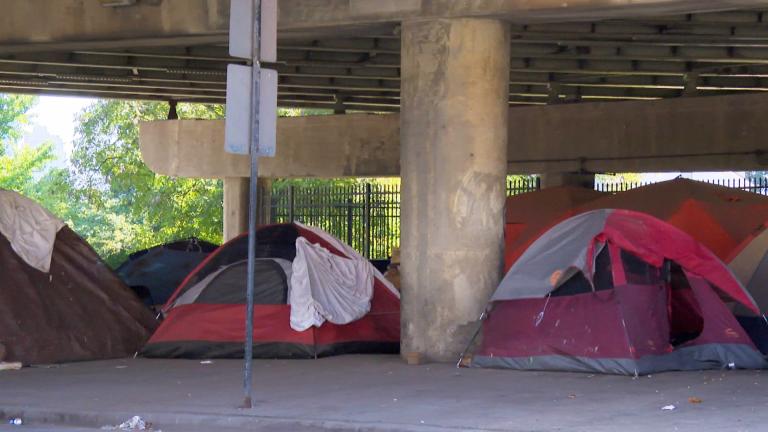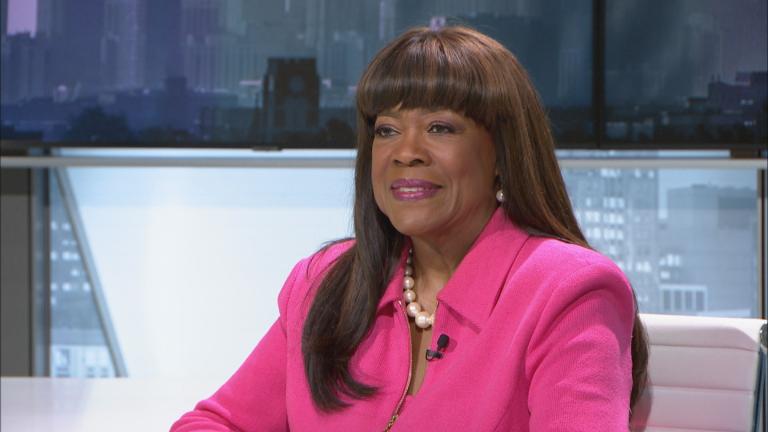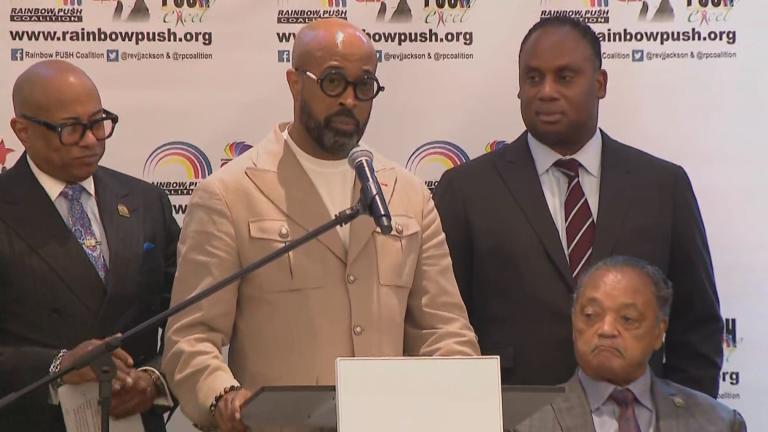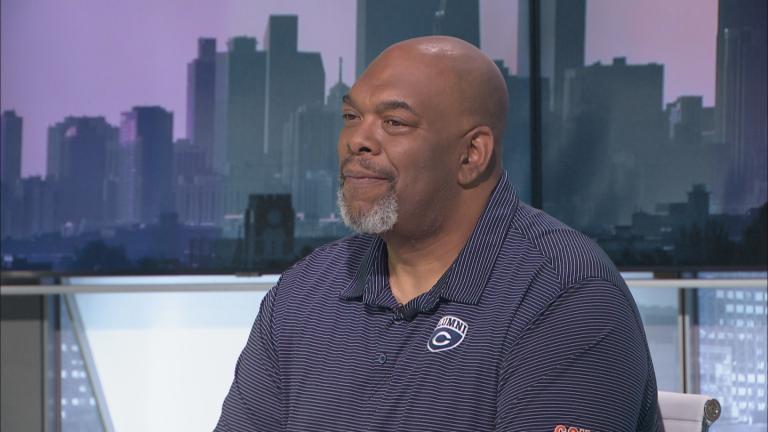When we think of archaeology, events from 100 years ago aren't necessarily what comes to mind. But archaeological study of even relatively recent events can be a powerful way to correct narratives, reveal lost history and move toward justice. In her work, Tulsa-based archaeologist Alicia Odewale, Ph.D., is uncovering stories from Tulsa's Greenwood district, which was the site of a vicious racial attack in 1921.
On Jan. 29 at the Auditorium Theater, Odewale will present some of her findings and offer a refreshed understanding of this history in “National Geographic Live – Greenwood: A Century of Resilience.”
“We titled it ‘Greenwood, A Century of Resilience’ because we wanted to focus on not just the Tulsa race massacre of 1921,” Odewale said, “but to talk about Greenwood as a district, as a community, as a Black town that's been in existence over 100 years and has a much larger story than one event. A lot of people come into this show … . They've seen these things on TV media, but they may have never actually heard the story from survivors. We will have live audio from survivors to tell the story themselves. So this is a chance for you to actually hear the story from the people who lived it and myself as a descendant of survivors. This is the story that you can't get anywhere else.”
“We're also trying to put the narrative back into the hands of the people who actually lived the story and continue to live in Greenwood,” Odewale continued, “and not in the hands of other people who have never experienced that, have never lived in our city. When I talk to people, it's always wonderful to expand their understanding of what Greenwood is and was and how it's changed through time — and also all the people that have come out of Greenwood that they might not have been aware of or how it's connected to other spaces, and even the new archaeology that's happening right now.”
In her current research project, “Mapping Historical Trauma in Tulsa from 1921-2021,” Odewale, a Tulsa native, has been reexamining evidence of the aftermath of the attack and how the community persisted in the century that followed.
“It's an opportunity for you to learn more about how a community was built, one of the most precious Black communities to ever exist and how it continues to exist today,” Odewale said. “Greenwood never left. Greenwood’s still here.”








